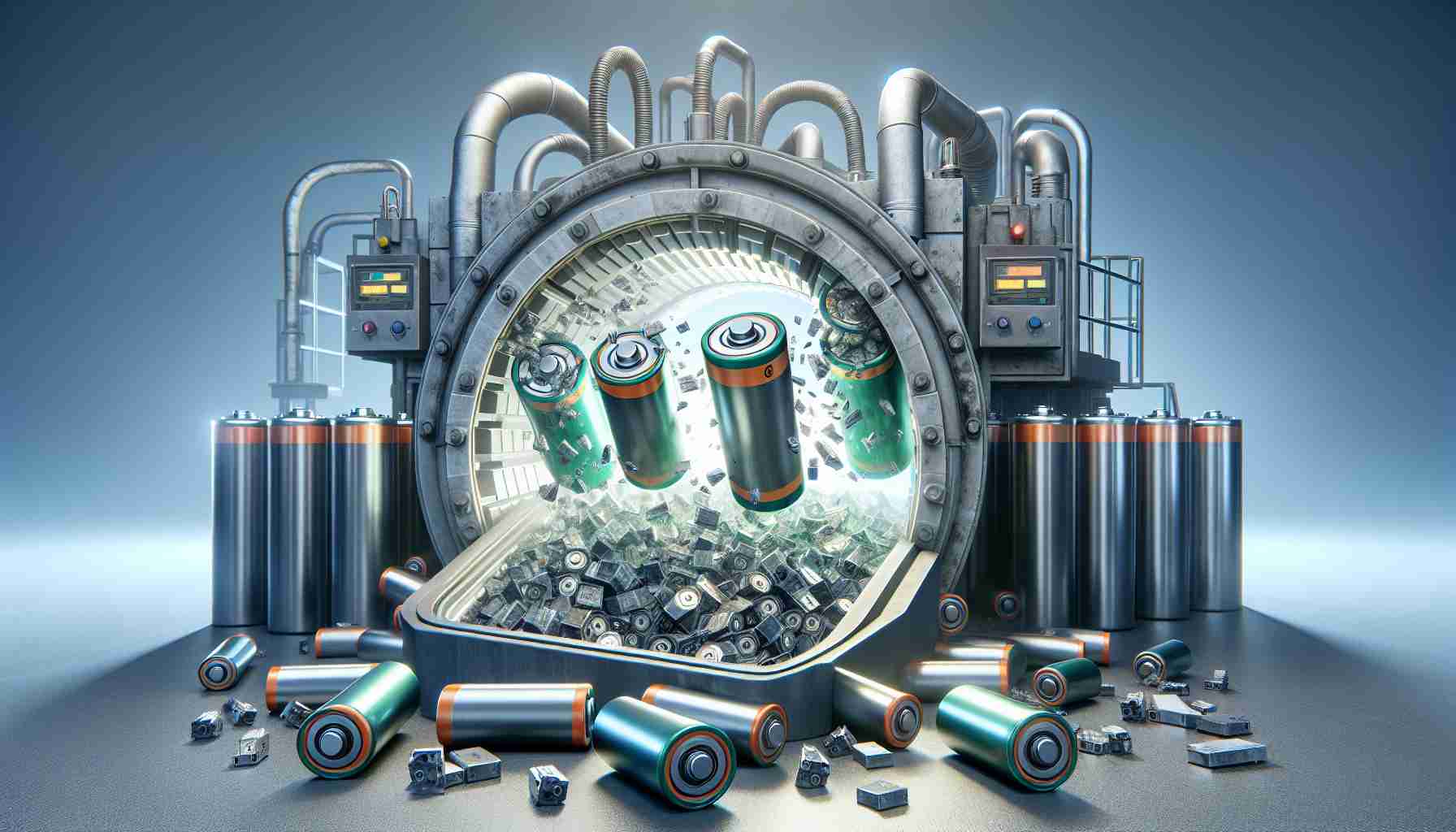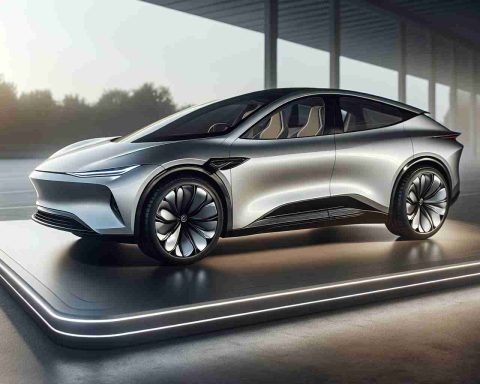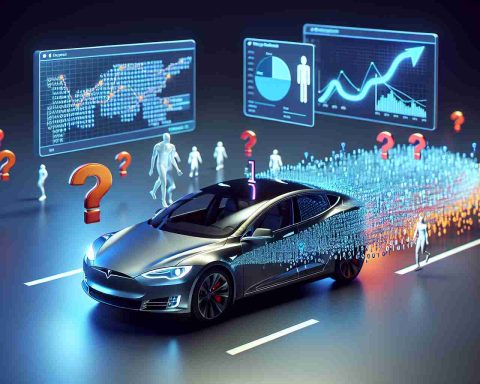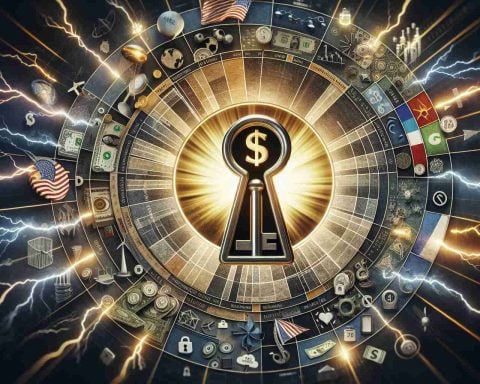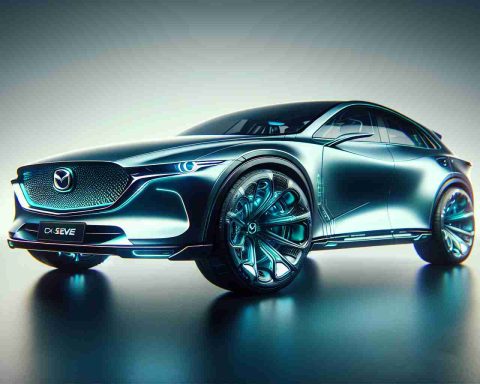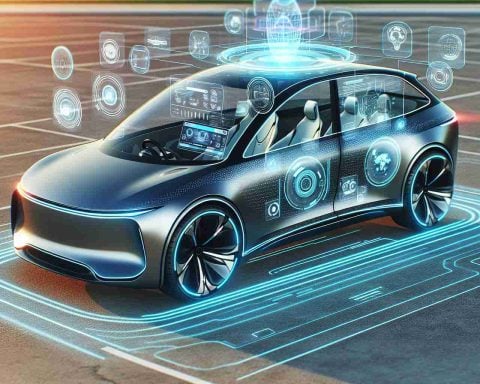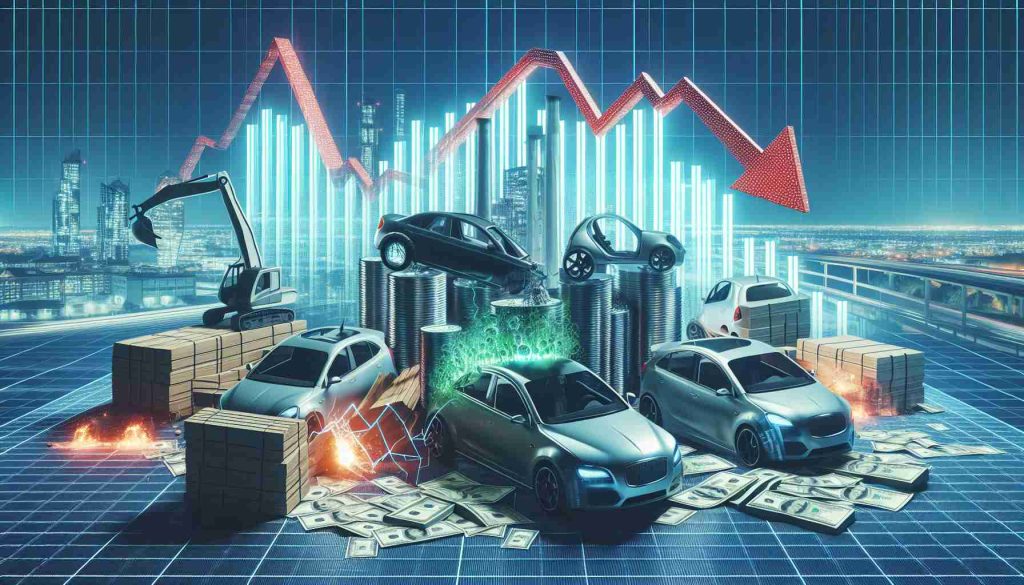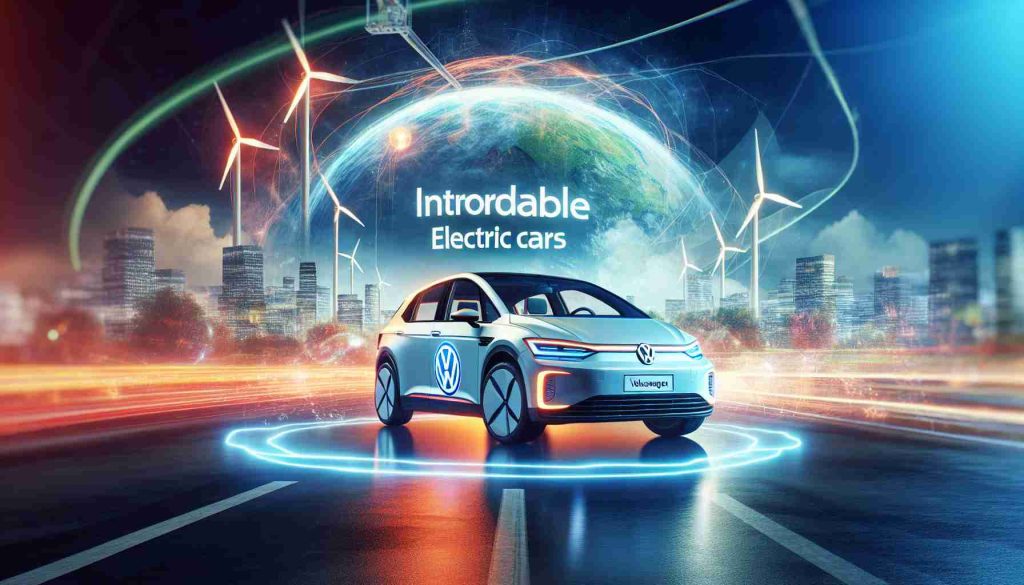- The electric vehicle (EV) industry’s growth raises urgent questions about lithium-ion battery (LIB) recycling sustainability.
- Innovative methods like direct recycling and upcycling could reduce costs by up to 40% and decrease pollution.
- Collaborative efforts among manufacturers and regulators are essential for advancing recycling technology.
- With 17 million EVs sold globally in one year, creating a sustainable circular economy for LIBs is increasingly pressing.
- Key recommendations include redesigning batteries for easier disassembly and enhancing direct recycling facilities.
- Emerging technologies such as bioleaching and robotic disassembly can recover more materials and support sustainability.
- A greener future for the EV industry hinges on innovation and cooperation throughout the supply chain.
As the electric vehicle (EV) industry accelerates, urgent questions arise about the sustainability of lithium-ion battery (LIB) recycling. A new study highlights groundbreaking approaches that could reshape the entire recycling landscape, promising both cost savings and environmental benefits.
Current recycling techniques, such as pyrometallurgy and hydrometallurgy, are energy-intensive and polluting. The research suggests that transitioning to methods like direct recycling and upcycling could slash costs by up to 40% while dramatically reducing secondary pollution. This shift is not just a technological challenge; it demands a united effort across the EV ecosystem—from manufacturers to regulators.
With over 17 million EVs sold globally in just one year, the pressure to create a sustainable circular economy for LIBs is mounting. Experts stress the importance of innovative recycling technologies and greater collaboration among stakeholders to meet this challenge head-on.
The study, involving top engineers from institutions like MIT and WPI, proposes several key recommendations: redesigning batteries for easier disassembly, amplifying direct recycling capabilities, fostering partnerships, and standardizing practices for end-of-life battery management.
Emerging technologies like bioleaching and robotic disassembly are also highlighted as game-changers, expanding the array of materials that can be recovered from spent batteries. As recycling evolves to include not just cathode materials but also anodes and other components, we stand on the brink of a more sustainable future.
Takeaway: The transformation of LIB recycling can pave the way for a greener EV industry, but it will require collaboration and innovation at every level of the supply chain.
Revolutionizing Lithium-ion Battery Recycling: What You Need to Know
Understanding Lithium-ion Battery Recycling
The electric vehicle (EV) industry is at a critical juncture, with the proliferation of electric vehicles leading to increasing concerns about the sustainability of lithium-ion battery (LIB) recycling. As new research suggests, the transition to innovative recycling techniques could not only enhance profitability but also significantly minimize environmental impacts.
Innovations in Lithium-ion Battery Recycling
Current recycling methods such as pyrometallurgy (high-temperature processes) and hydrometallurgy (use of aqueous solutions) have been criticized for their energy consumption and environmental ramifications. The research indicates that adopting direct recycling and upcycling methods could reduce recycling costs by up to 40% while cutting down on pollution. Additionally, these methods could lead to material recovery rates that exceed current standards, which is crucial given the growing volume of spent batteries.
Moreover, advancements like bioleaching—which uses microorganisms to extract metals from waste—and robotic disassembly are poised to transform the recycling landscape. These technologies promise to enhance the recovery of vital components, including anodes, cathodes, and other materials.
Key Considerations for Sustainability
The move towards innovative battery recycling is not solely a technological challenge. It necessitates a cohesive effort across the EV ecosystem, bringing together manufacturers, regulators, and stakeholders. Recommendations from the study include:
– Redesigning batteries to facilitate easier disassembly.
– Expanding direct recycling capabilities to improve recovery rates.
– Fostering partnerships between manufacturers and recycling facilities.
– Standardizing end-of-life battery management practices to ensure consistent and efficient recycling.
With over 17 million EVs sold worldwide in the past year alone, the onus is on the industry to develop a sustainable circular economy for lithium-ion batteries.
Market Insights and Trends
The growing demand for EVs is creating an urgent need for effective LIB recycling strategies. As the industry evolves, experts foresee significant shifts in recycling technologies, potentially leading to new business models and partnerships. The trends emphasize the importance of:
– Collaboration among stakeholders for effective recycling strategies.
– Investment in innovative technologies to enhance recycling efficiency.
– Market forecasts suggesting an increased focus on legislative frameworks to enforce sustainable practices.
Frequently Asked Questions
1. What are the environmental impacts of current LIB recycling methods?
Current recycling methods, like pyrometallurgy and hydrometallurgy, are energy-intensive and often generate substantial pollution. These processes can lead to increased CO2 emissions and retention of non-recoverable materials.
2. How does direct recycling differ from traditional methods?
Direct recycling aims to recover nearly all active materials in their original form without significant alteration. In contrast, traditional methods often involve breaking down materials into their elemental forms, leading to loss of material quality and higher costs.
3. What role do stakeholders play in enhancing LIB recycling?
Collaboration among various stakeholders—manufacturers, consumers, recyclers, and regulators—is crucial. This united approach can facilitate the development of standards, improve recycling technologies, and create effective end-of-life strategies for batteries.
For more information on the latest trends in electric vehicles and battery recycling, visit IIHS and NRDC.
